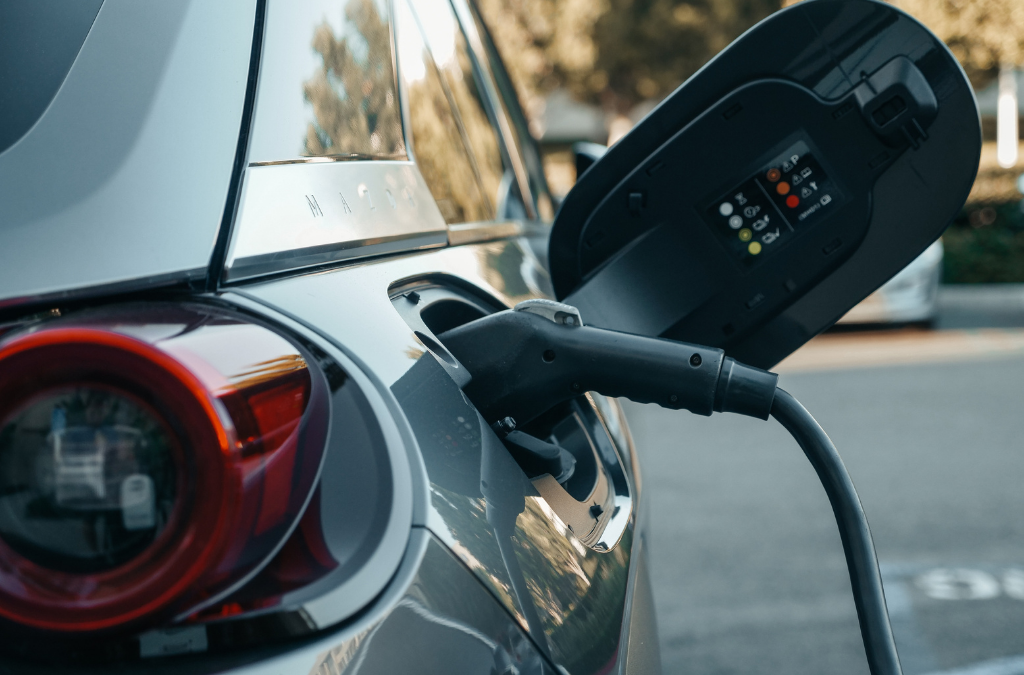Gas prices are consistently rising so finding ways to cut fuel costs is more crucial than ever.
There is a lot of information out there so we’ve prepared a list with the best information, so that you can save a few dollars when filling your gas tank.
Driving habits have a very important impact on fuel savings but checking the mechanical performance of your vehicle, specifically in what could trigger higher gasoline consumption, is what we should do in the first instance. It will be of little use to implement efficient driving techniques if our vehicle is not operating in optimal condition.
Here is a list with the tips that you can implement from the mechanical/maintenance side:
- Defective oxygen sensor
A worn or inoperative oxygen sensor will result in an engine that is not operating efficiently, resulting in increased fuel consumption or a decrease of 3.0 miles per gallon.
- Dirty air filters
An air filter that is clogged with dirt, dust, and bugs chokes off the air and creates a “rich” mixture (too much fuel being burned for the amount of air), wasting fuel and causing the engine to lose power. Replacing a clogged air filter can improve gas mileage by as much as 10 percent. Note: Vehicles with computer controlled fuel injection have sensors that automatically adjust for restricted air filters, keeping your fuel mileage consistent.
- Change motor oil
Not changing motor oil or using substandard engine oil can result in increased engine friction for a decrease of 0.4 mpg.
- Vehicle gas caps
About 17 percent of the vehicles on the roads have gas caps that are either damaged, loose or are missing altogether, causing 147 million gallons of gas to vaporise every year. Loose gas caps can result in a 2.0 mpg reduction in fuel efficiency.
- Under inflated tires
When tires aren’t inflated properly it’s like driving with the parking brake on and can cost a mile or two per gallon.
- Tire type
Using mud and snow or wider than standard tires for added traction will reduce your miles per gallon. These tires are designed to add friction for traction, and the added friction requires more power (fuel) to compensate. Note: New tires have more resistance than worn tires. After installing new tires, you will probably experience a short term reduction in your vehicle’s fuel efficiency.
- Worn spark plugs
A vehicle’s spark plugs fire as many as 105 million times every 35,000 miles, resulting in heat, electrical, and chemical erosion. A dirty or worn spark plug can misfire, which wastes fuel. At a minimum, engines should be tuned, and the spark plugs replaced at the factory recommend intervals or more often for vehicles driven short trips only.
By making sure all of the above are working properly, you could save at least 10 miles per gallon.
*Data obtained from the University of Nebaraska–Lincoln.
Need help with any of these points? Talk to our team!
☎️ (416) 757-5671
📧 service@bdsfleet.ca
🌐 www.bdsfleet.com/contact


